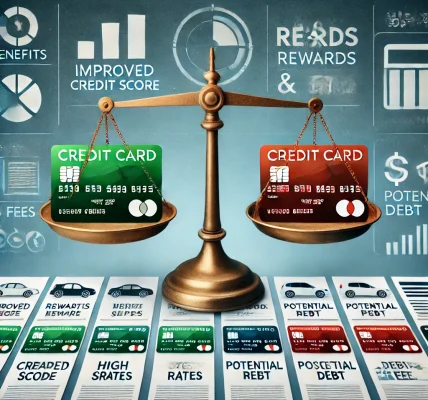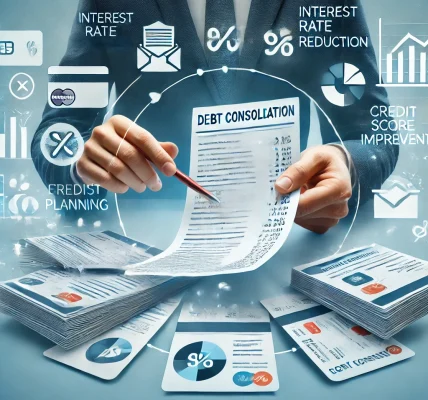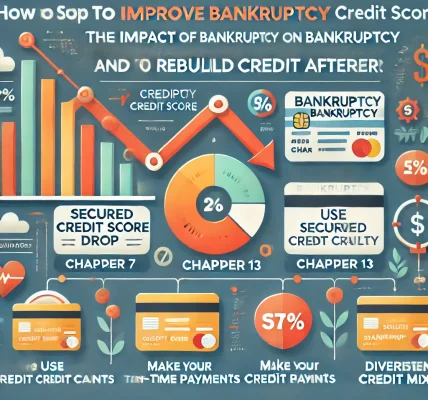Credit utilization is a crucial factor in determining your credit score and overall financial health. Understanding how much credit you should use can make a significant difference in securing better loan terms, credit card approvals, and even job opportunities. This guide will walk you through the concept of credit utilization, how it impacts your credit score, and the best practices for managing it effectively in 2025.
What is Credit Utilization?
Credit utilization refers to the percentage of your available credit that you are currently using. It is one of the most important factors in calculating your credit score, contributing about 30% of your FICO score. A lower credit utilization rate generally signals responsible credit usage and makes you a more attractive borrower.
How is Credit Utilization Calculated?
Credit utilization is calculated using the following formula:
Credit Utilization Ratio = (Total Credit Used / Total Credit Limit) × 100
For example, if you have a total credit limit of $10,000 and have used $3,000, your credit utilization rate is 30%.
How Much Credit Should You Actually Use?
Most financial experts recommend keeping your credit utilization below 30%. However, if you want to maximize your credit score, keeping it under 10% is even better.
Optimal Credit Utilization Ranges:
- 0-10% – Excellent: Shows responsible credit management and boosts credit score.
- 10-30% – Good: Generally safe but can be improved.
- 30-50% – Fair: May start affecting your credit score negatively.
- 50%+ – Risky: High utilization can lead to lower credit scores and difficulty securing loans.
Strategies to Keep Credit Utilization Low
1. Pay Off Balances Frequently
Rather than waiting until your due date, consider making multiple payments throughout the month to keep your utilization low at all times.
2. Request a Credit Limit Increase
If you increase your credit limit while keeping your spending the same, your credit utilization percentage will decrease. However, only request a credit limit increase if you can manage it responsibly.
3. Spread Out Expenses Across Multiple Cards
Instead of maxing out a single credit card, distribute your spending across multiple cards to keep the utilization ratio low on each individual account.
4. Avoid Closing Old Credit Accounts
Closing old accounts reduces your total available credit, which can increase your utilization rate. Keep your old accounts open, even if you don’t use them frequently.
5. Set Balance Alerts
Use mobile banking apps or credit monitoring services to set up alerts when your credit utilization reaches a certain threshold. This helps prevent overspending.
6. Pay Off Debt Strategically
Using methods like the debt snowball (paying off the smallest balances first) or debt avalanche (paying off high-interest debt first) can help lower your credit utilization over time.
7. Use Personal Loans to Reduce Credit Card Balances
A personal loan can be used to pay off high-interest credit card debt, which helps reduce credit utilization on revolving accounts.
8. Be Cautious with New Credit Applications
Every time you apply for new credit, a hard inquiry is recorded on your credit report. Too many inquiries can lower your score, so apply only when necessary.
Common Myths About Credit Utilization
Myth 1: Carrying a Balance Improves Your Credit Score
Fact: Carrying a balance and paying interest is unnecessary. Paying off your balance in full each month is the best approach.
Myth 2: You Need to Use All Your Credit to Build Credit
Fact: Using too much credit can lower your score. Responsible, low usage is key.
Myth 3: Closing Credit Cards Improves Credit Score
Fact: Closing an account reduces your total available credit and can increase your utilization rate, potentially lowering your score.
Monitoring and Improving Your Credit Utilization
There are several free and paid credit monitoring services that help track your credit utilization, such as:
- Experian
- Equifax
- TransUnion
- Credit Karma
These services provide insights into your credit usage and notify you of any changes to your score.
Final Thoughts
Managing credit utilization is a crucial step in maintaining a healthy credit score and overall financial well-being.




